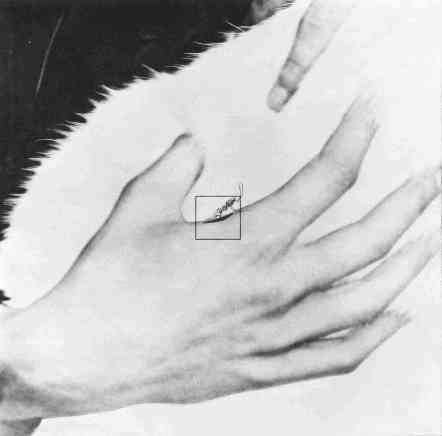

Further improvements in astronomy led to the realization that the Solar System is embedded in a galaxy composed of billions of stars, the Milky Way, and that other galaxies exist outside it, as far as astronomical instruments can reach.

Over the centuries, more precise observations and improved theories of gravity led to Copernicus's heliocentric model and the Newtonian model of the Solar System, respectively. The earliest quantitative geocentric models were developed by the ancient Greek philosophers. Throughout recorded history, several cosmologies and cosmogonies have been proposed to account for observations of the Universe. XDF image shows fully mature galaxies in the foreground plane – nearly mature galaxies from 5 to 9 billion years ago – protogalaxies, blazing with young stars, beyond 9 billion years. There are various multiverse hypotheses, in which physicists have suggested that the Universe might be one among many universes that likewise exist. Many refuse to speculate, doubting that any information from any such prior state could ever be accessible. Physicists remain unsure about what, if anything, preceded the Big Bang. There are many competing theories about the ultimate fate of the universe. Observations have shown that the Universe appears to be expanding at an accelerating rate. The Big Bang theory is the prevailing cosmological model that describes the early development of the Universe, which is calculated to have begun 13.798 ± 0.037 billion years ago. These observations suggest that the Universe has been governed by the same physical laws and constants throughout most of its extent and history. Scientific observation of the Universe has led to inferences of its earlier stages. The observable universe is about 46 billion light years in radius. Similar terms include the cosmos, the world and nature. (Running on oeis4.The Universe is commonly defined as the totality of existence, including planets, stars, galaxies, the contents of intergalactic space, and all matter and energy.
#COSMIC VIEW UNIVERSE IN 40 JUMPS LICENSE#
License Agreements, Terms of Use, Privacy Policy. Links to "Powers of Ten" books and videos added by N. (PARI) a(n)=10^n \\ Charles R Greathouse IV, Jun 15 2011 Table (* Vladimir Joseph Stephan Orlovsky, *) PROG Index entries for sequences related to Benford's law FORMULAĪ000005(a(n)) = A000290(n+1). Index entries for sequences related to cellular automata

Index entries for linear recurrences with constant coefficients, signature (10). Science, Optics and You, Secret Worlds: The Universe Within Įric Weisstein's World of Mathematics, 10Įric Weisstein's World of Mathematics, DigitadditionĮric Weisstein's World of Mathematics, Elementary Cellular Automaton Ward, Arithmetic and growth of periodic orbits, J. Robert Price, Comments on A011557 concerning Elementary Cellular Automata, Feb 21 2016 Cameron, Sequences realized by oligomorphic permutation groups, J. Kees Boeke, Cosmic View: The Universe in 40 Jumps (1957)

Wolfram, A New Kind of Science, Wolfram Media, 2002 p. Philip Morrison et al., Powers of Ten, Scientific American Press, 1982 and later editions. Reinhard Zumkeller, Jul 17 2014ĭoes not satisfy Benford's law. Smallest n+1 digit number greater than 0 (with offset 0). For n >= 1, a(n) equals the number of 10-colored compositions of n such that no adjacent parts have the same color. The compositions of n in which each natural number is colored by one of p different colors are called p-colored compositions of n. See A008776 for definitions of Pisot sequences.


 0 kommentar(er)
0 kommentar(er)
